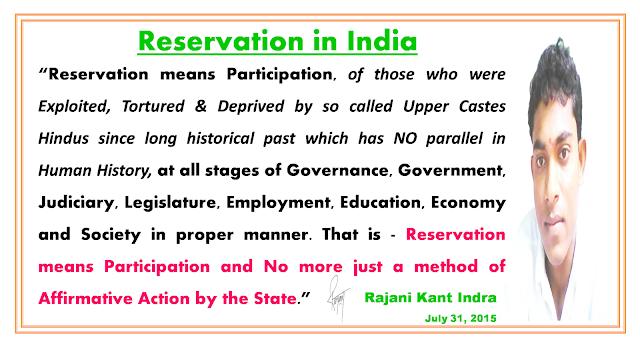The National Design Policy was approved by the Government on 8th February,
2007. The details of the Policy, inter alia, include:
i. Promotion of Indian design through a well-defined and managed
regulatory, promotional and institutional framework;
ii. Setting up of specialized Design Centres or “Innovation Hubs” for
sectors such as automobile and transportation, jewellery, leather, soft goods,
digital products, toys & games which will provide common facilities and
enabling tools like rapid product development, high performance visualization,
etc. along with enterprise incubation as well as financial support through
mechanisms like venture funding, loans and market development assistance for
start-up design-led ventures and young designers’ design firms/houses;
iii. Formulation of a scheme for setting up Design Centres / Innovation
Hubs in select locations/Industrial clusters/ backward states, particularly in
the North East;
iv. Laying special focus on up-gradation of existing design institutes and
faculty resources to international standards, particularly the National
Institute of Design (NID) and its new campuses/ centres with a view to
spreading quality education in designs to all regions of India, four more
National Institutes of Design on the pattern of NID will be set up in different
regions of the country during the 11th Five Year Plan.
v. Initiation of action to seek “Deemed University” or “University” under
section 3(f) of the University Grants Commission Act, status for the NIDs, so
that they can award degrees of B. Des. and M. Des. instead of just Diplomas as
at present;
vi. Encouraging the establishment of departments of design in all the
Indian Institutes of Technology (IITs) and all the National Institutes of
Technology (NITs) as well as in prestigious private sector Colleges of
Engineering and Architecture;
vii. Preparation of a mechanism for recognizing and awarding industry
achievers in creating a brand image for Indian designs though the award of a
India Design Mark on designs which satisfy key design criteria like
originality, innovation, aesthetic appeal, user-centricity, ergonomic features,
safety and Eco-friendliness;
viii. Facilitating the establishment of a Chartered Society for Designers
(on the lines of the Institutions of Engineers, the Institution of Architects,
the Medical Council, the Bar Council, etc.), to govern the registration of
Design Professionals and the various matters relating to standards setting in
the profession;
ix. Setting up an India Design Council (IDC) with eminent personalities
drawn from different walks of life.
In order to draw up a Detailed Action Plan in pursuance of the National
Design policy a Committee was constituted with representatives of various
Ministries and Departments with Director, NID, Ahmedabad as Member Secretary on
6th March 2007. The final recommendations of the Committee are as under:
i) Constitution of the Design Council of India
ii) Form a Chartered Society of Designers.
iv) To conduct Design Awareness Programmes
The Design Clinic Scheme project being implemented by NID across the
country is intended to improve the manufacturing competency of the MSMEs
through design intervention to their products and services and to provide them
design edge in the global market and hence supports the MAKE IN INDIA programme
of the Government of India.
This information was given by the Minister of State (Independent Charge)
in the Ministry of Commerce & Industry Smt. Nirmala Sitharaman in a written
reply in Lok Sabha today.
















































